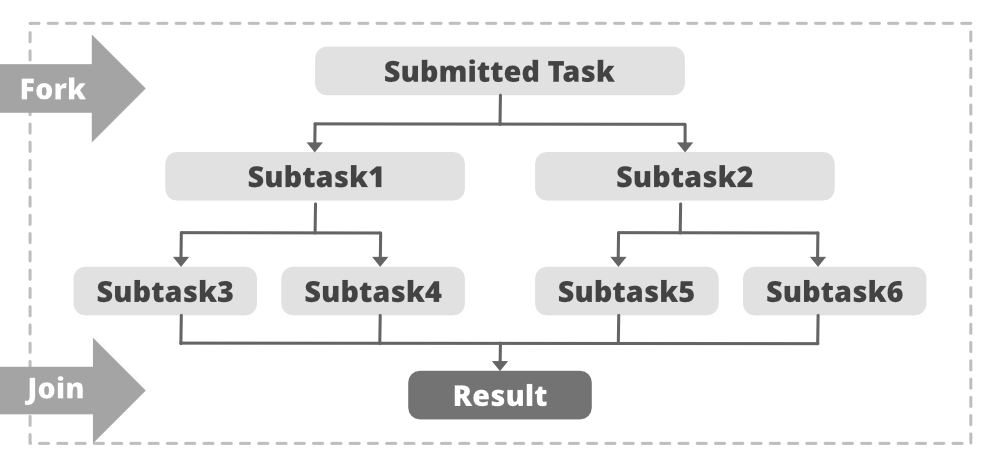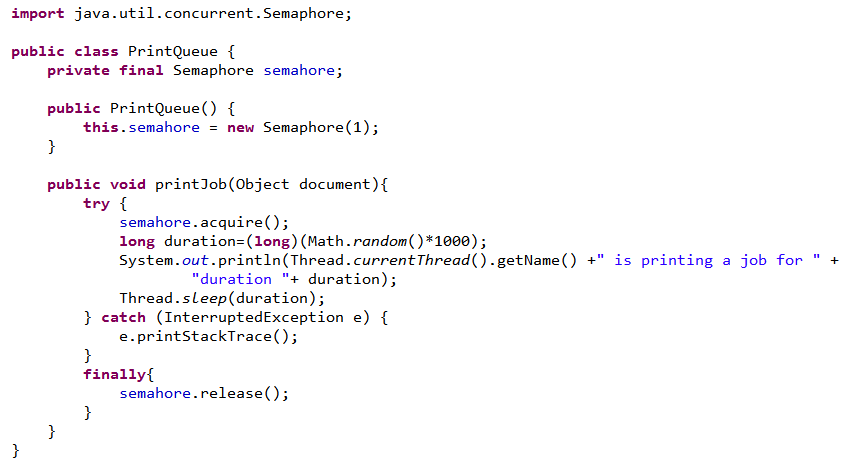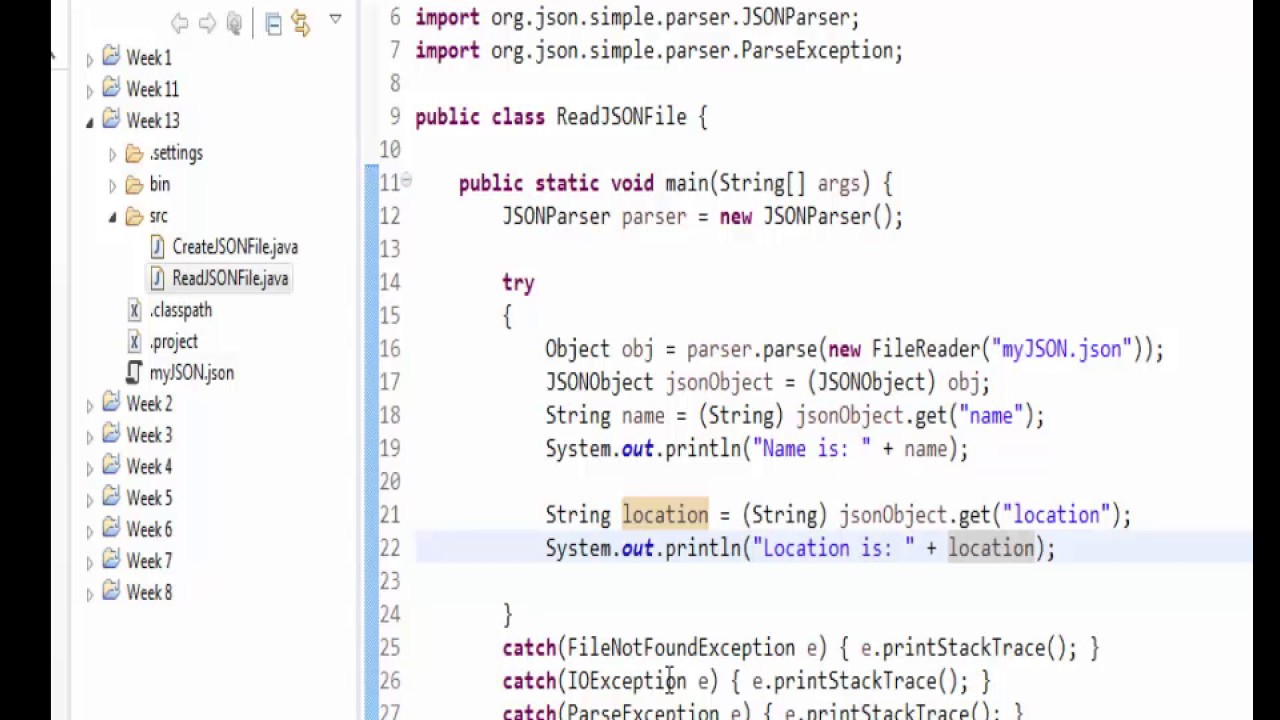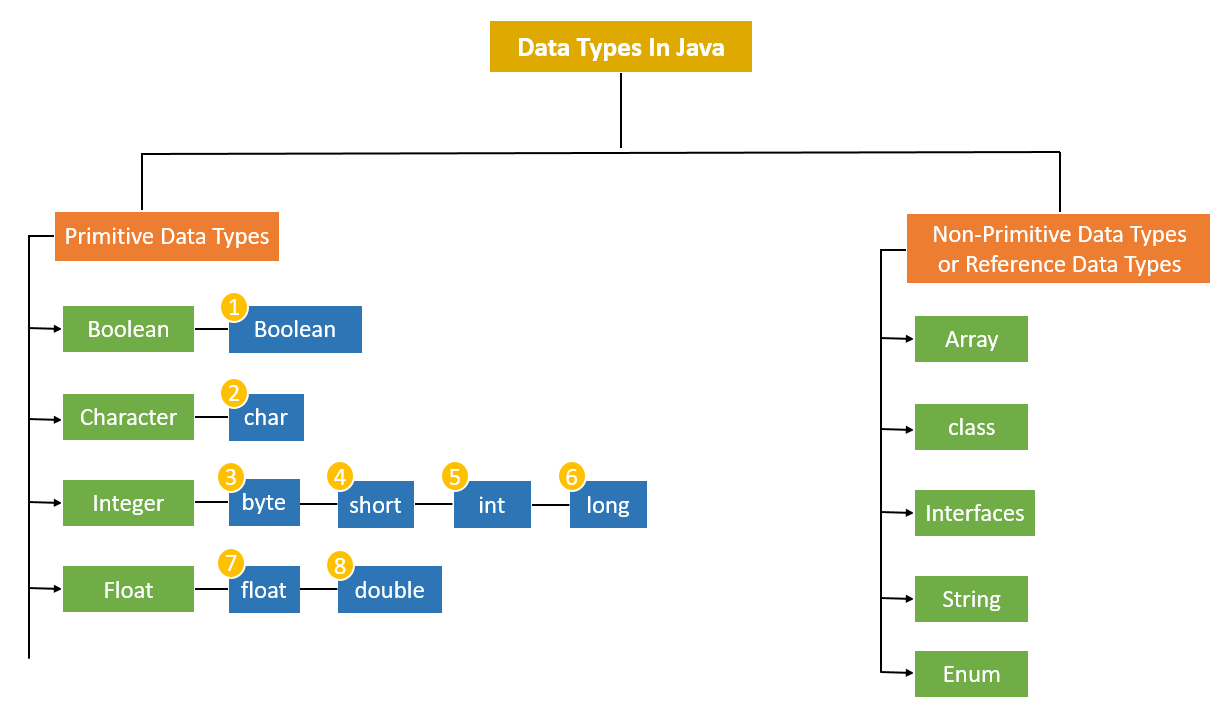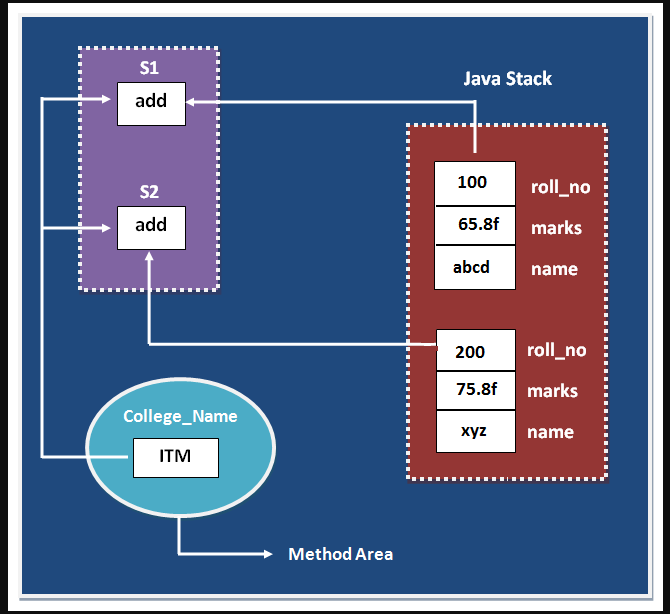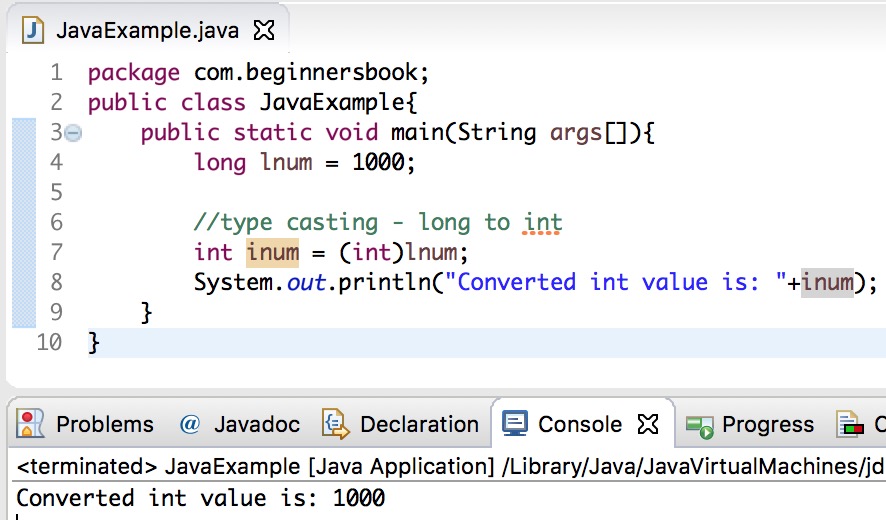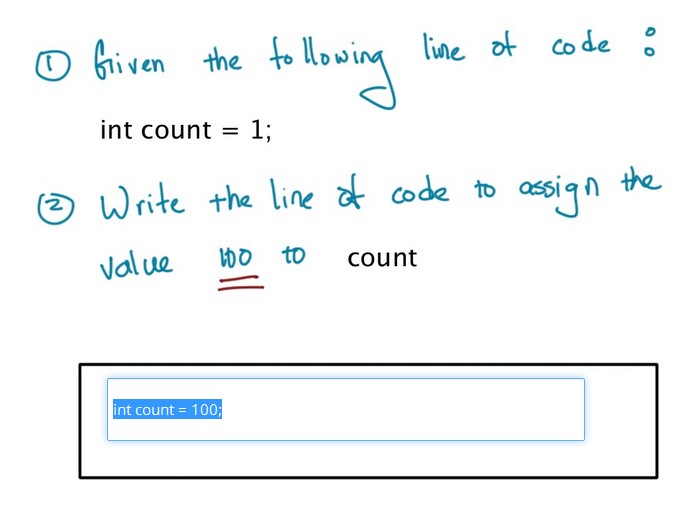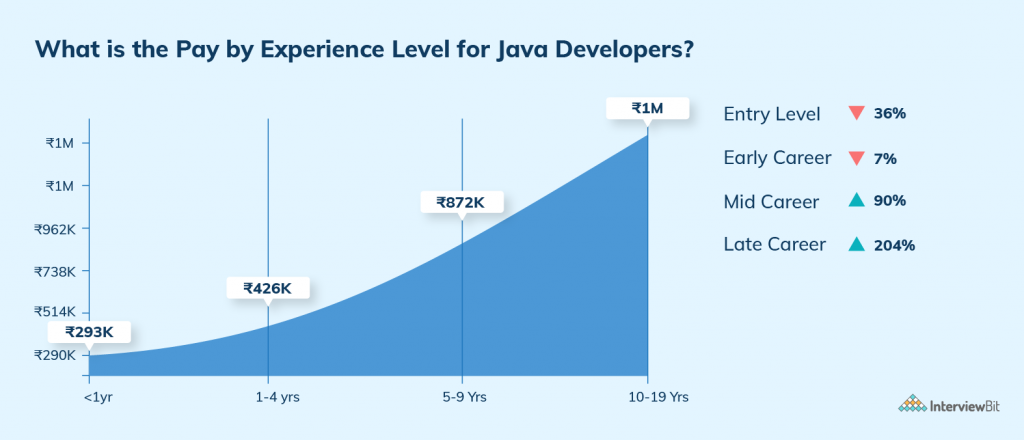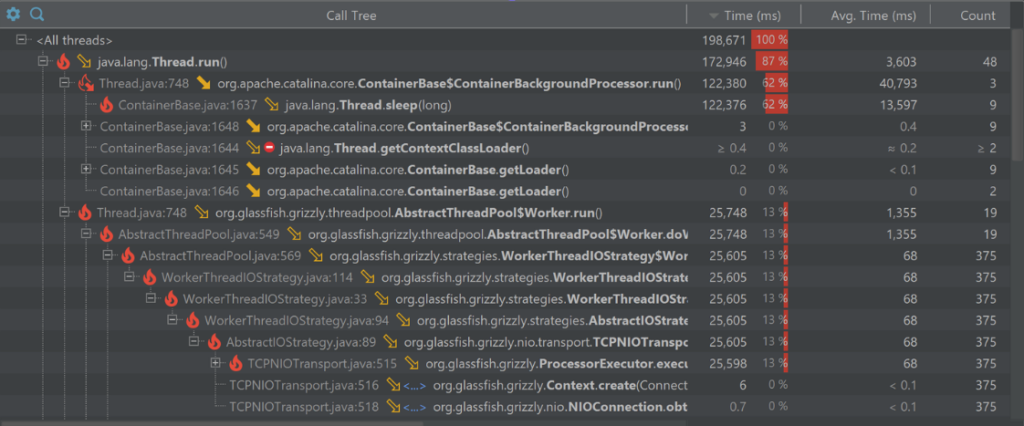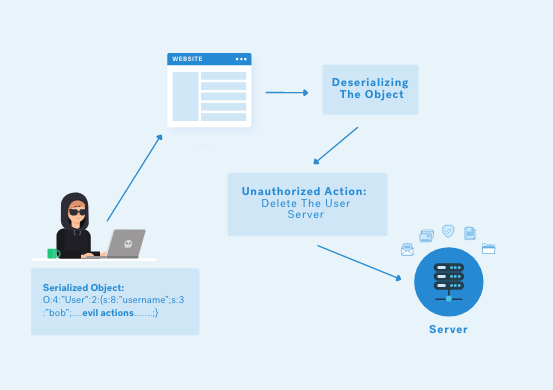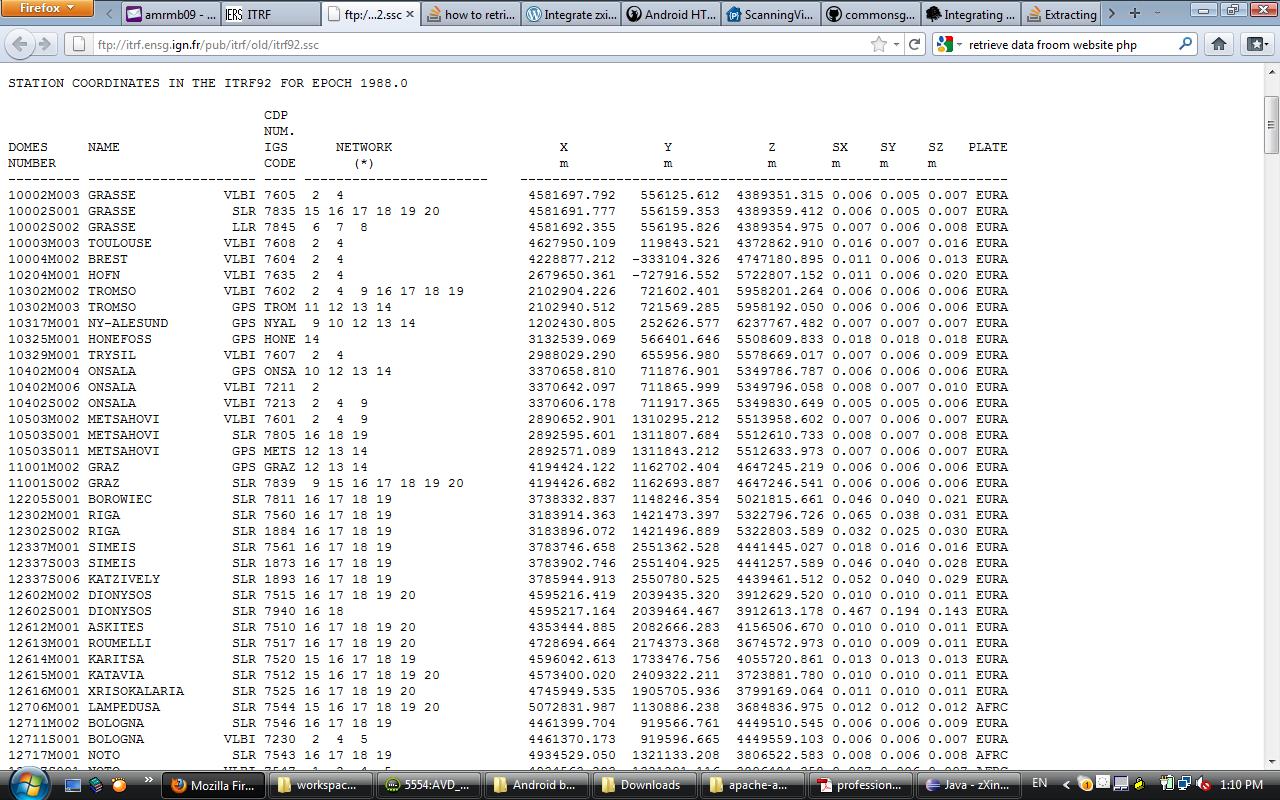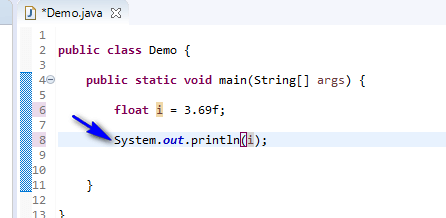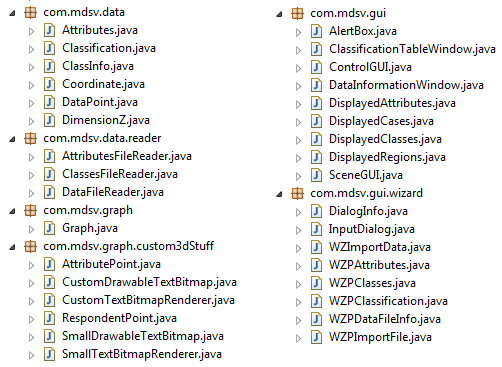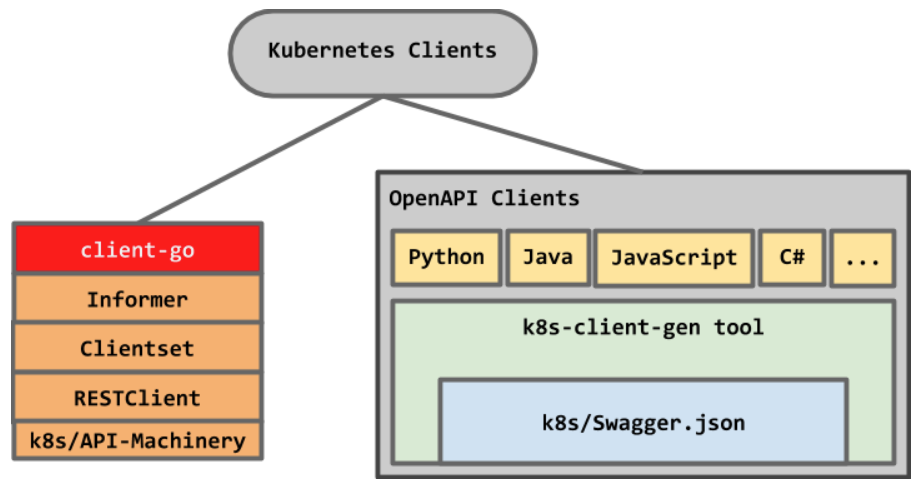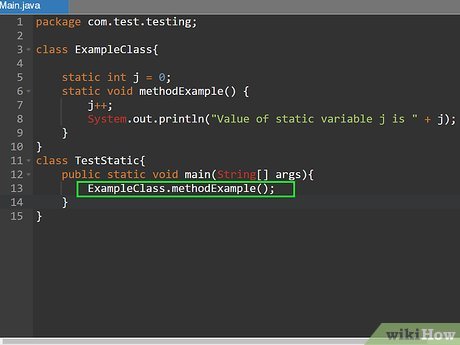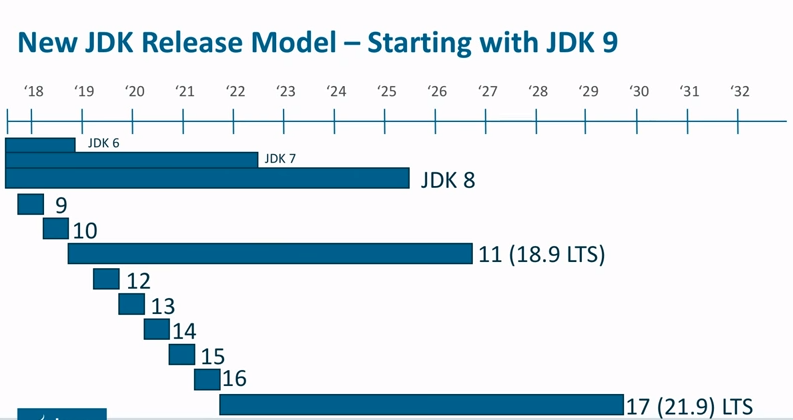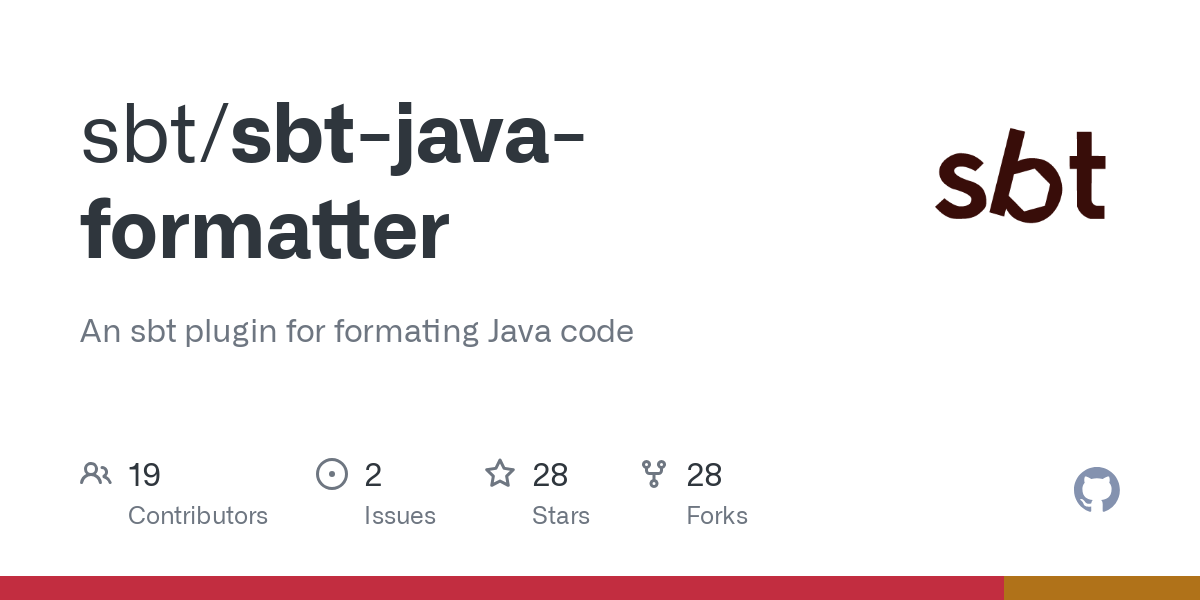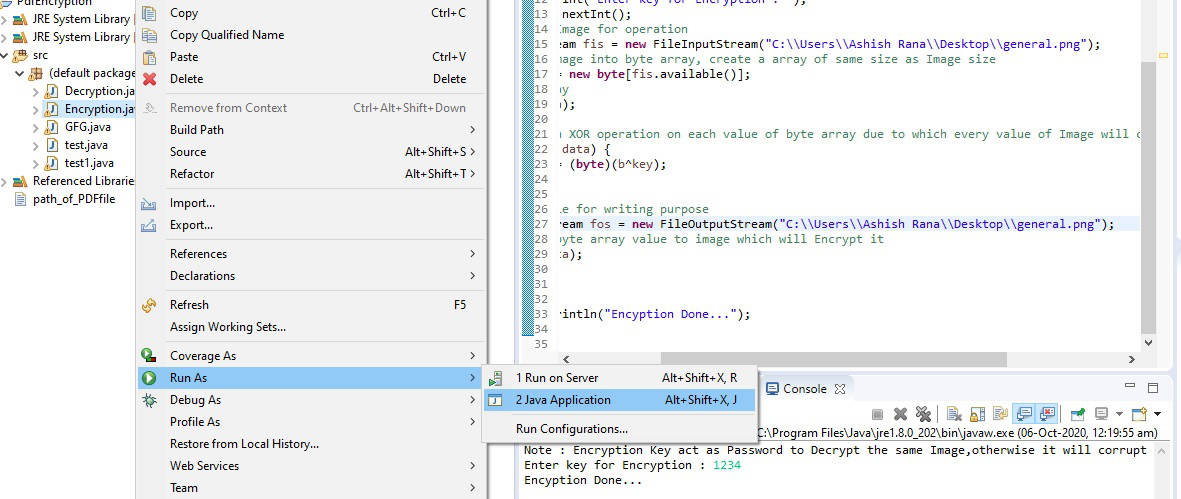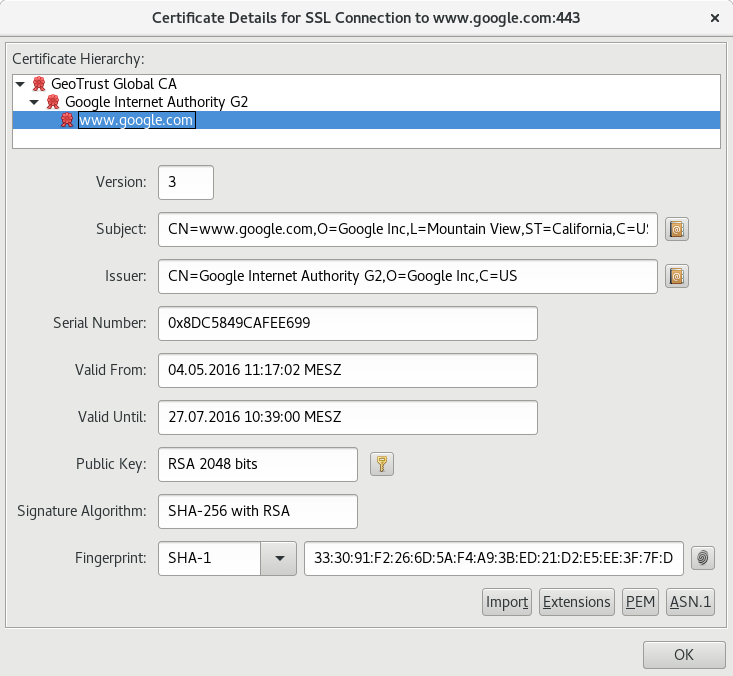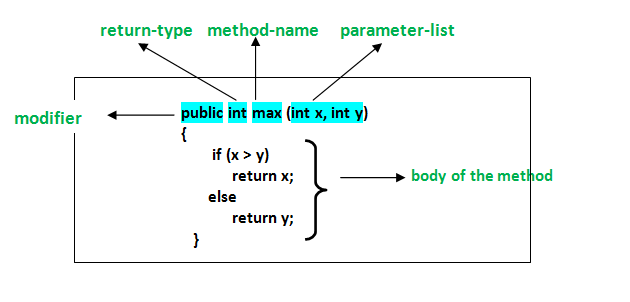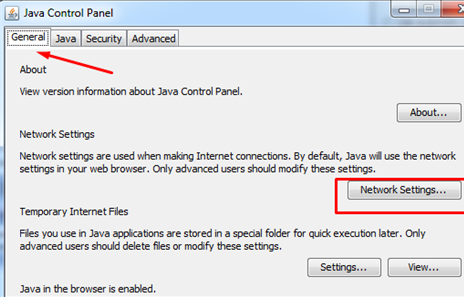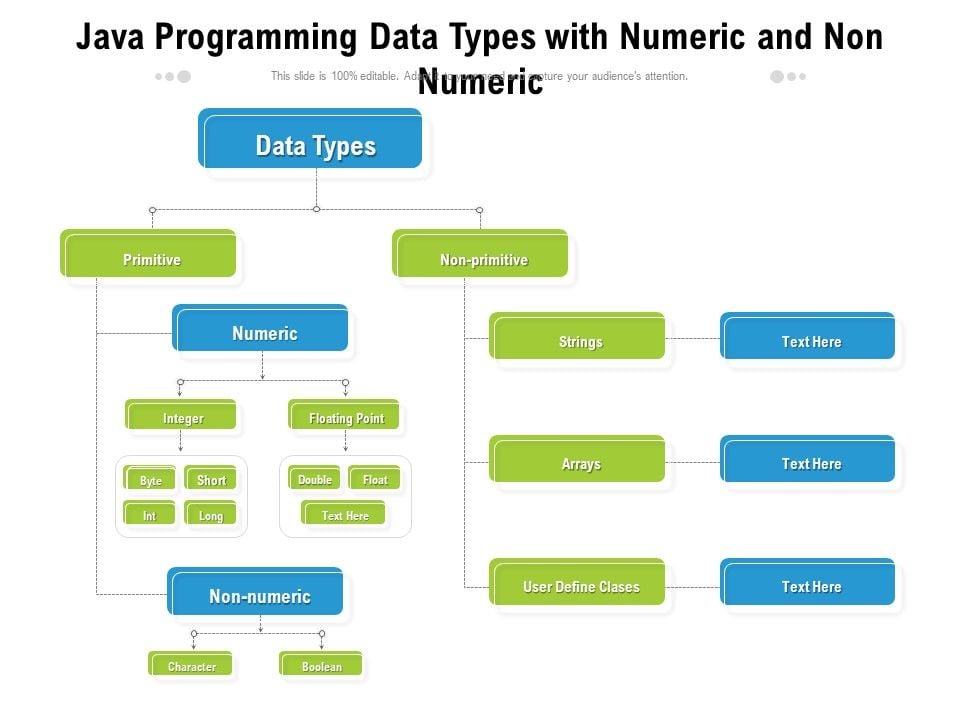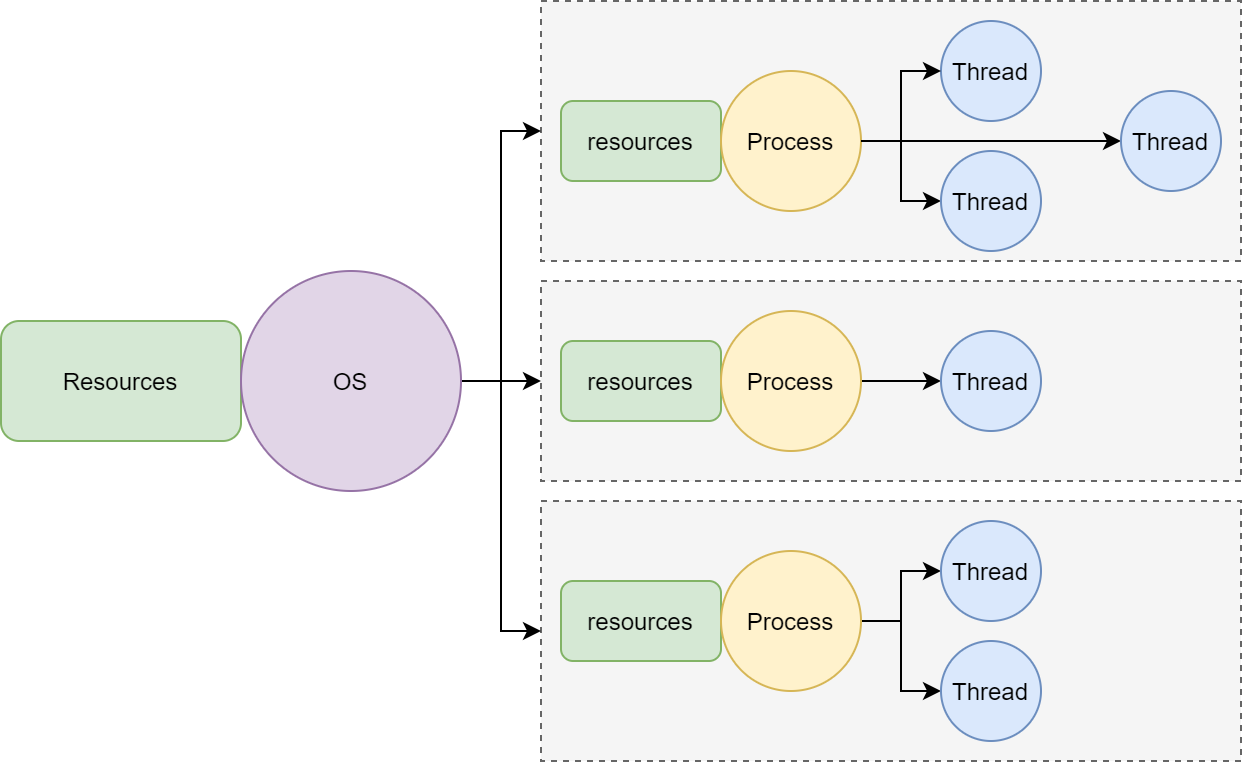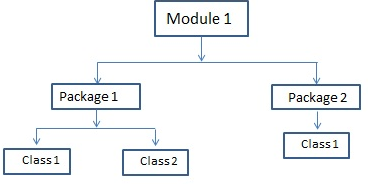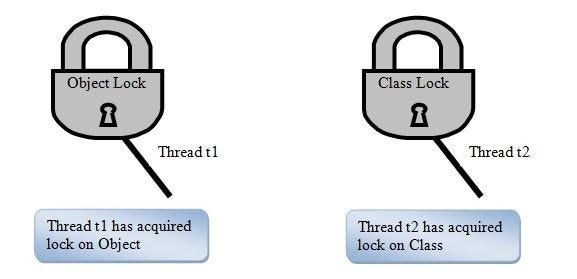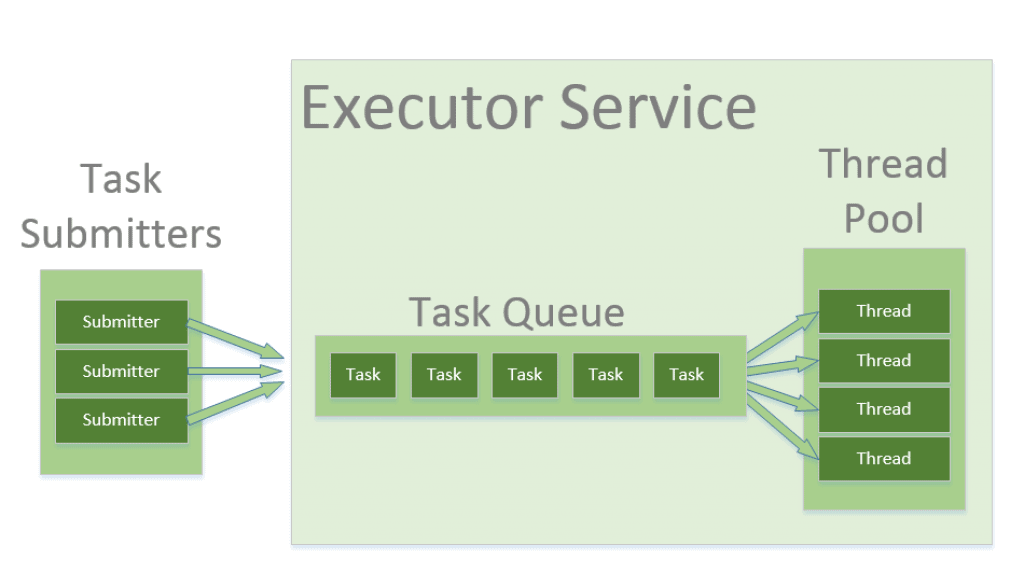Apache Cassandra Java
Apache Cassandra Java
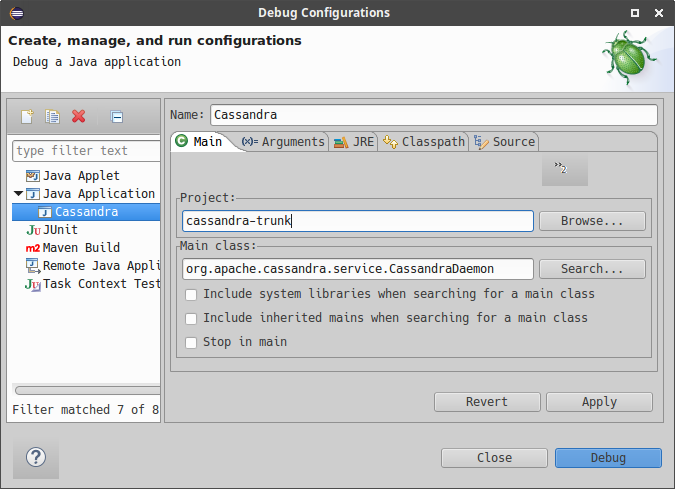
I'd be happy to provide information on using Apache Cassandra with Java.
Apache Cassandra is a popular NoSQL database that allows for high scalability, flexibility, and fault-tolerance. It's well-suited for handling large amounts of data across distributed systems. In this article, we'll explore how to use Cassandra with Java, focusing on the High-Level Abstractions (HLA) API provided by the official Apache Cassandra Java Driver.
Getting Started
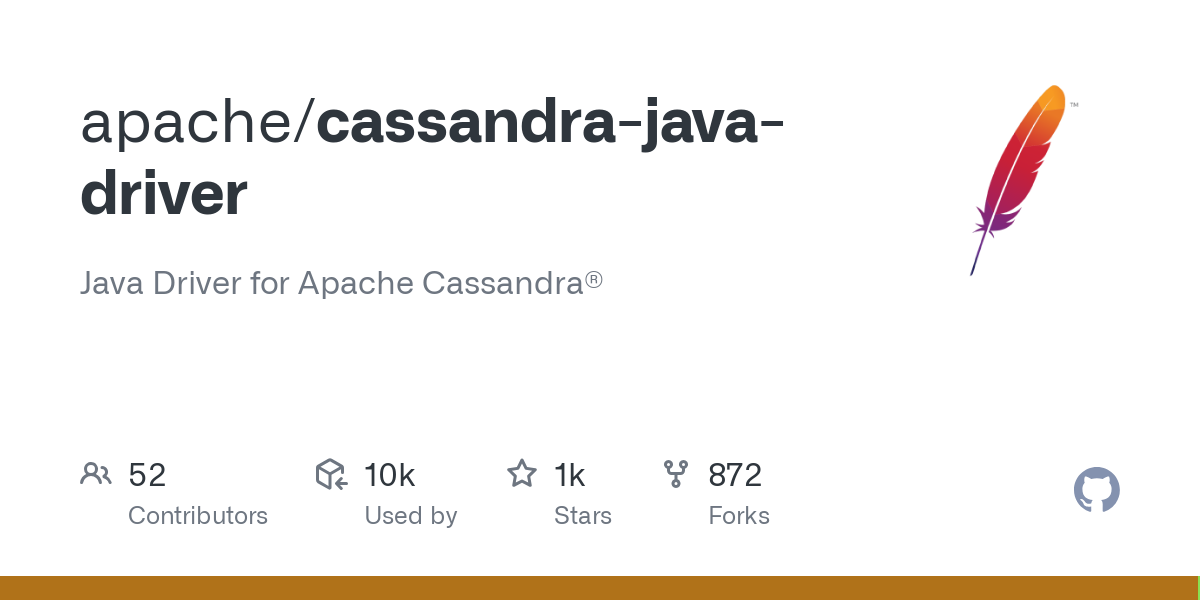
Before diving into the code, make sure you have Cassandra installed and running locally or on a remote server. You can download the latest version of Cassandra from the Apache website. Additionally, ensure you have Java Development Kit (JDK) installed on your machine.
To get started with Cassandra in Java, you'll need to add the Apache Cassandra Driver dependency to your project's pom.xml file if you're using Maven or build.gradle file if you're using Gradle:
Maven
com.datastax.oss
cassandra-driver-core
3.8.0
Gradle
dependencies {
implementation 'com.datastax.oss:cassandra-driver-core:3.8.0'
}
Once you have the driver dependency in place, you can start building your Cassandra Java application.
Creating a Connection
To connect to a Cassandra cluster, use the Cluster class provided by the driver:
import com.datastax.driver.core.Cluster;
import com.datastax.driver.core.PoolingOptions;
import com.datastax.driver.core.Session;
public class Main {
public static void main(String[] args) {
// Create a cluster object
Cluster cluster = Cluster.builder()
.addContactPoint("localhost")
.withCredentials("username", "password")
.build();
// Get the session from the cluster
Session session = cluster.connect("my_keyspace");
// Use the session to execute queries or perform other operations on the Cassandra database
// Close the session and cluster when you're done
session.close();
cluster.close();
}
}
In this example, we create a Cluster object that connects to the local Cassandra node with username "username" and password "password". We then get a Session object from the cluster using the desired keyspace ("my_keyspace").
Executing Queries
To execute queries on your Cassandra database, use the execute() method provided by the Session class:
import com.datastax.driver.core.Row;
import com.datastax.driver.core.SimpleStatement;
public class Main {
public static void main(String[] args) {
// ... (previous code remains the same)
// Execute a query
SimpleStatement statement = new SimpleStatement("SELECT * FROM my_table");
ResultSet results = session.execute(statement);
// Process the query results
for (Row row : results.all()) {
System.out.println(row.toString());
}
// Close the session and cluster when you're done
session.close();
cluster.close();
}
}
In this example, we use the execute() method to execute a SELECT statement on our Cassandra database. The resulting rows are then processed using the all() method.
Handling Results
The ResultSet class in Cassandra provides an iterable interface for processing query results:
import com.datastax.driver.core.ResultSet;
public class Main {
public static void main(String[] args) {
// ... (previous code remains the same)
// Execute a query
ResultSet results = session.execute("SELECT * FROM my_table");
// Process the query results using an iterator
Iterator iterator = results.iterator();
while (iterator.hasNext()) {
Row row = iterator.next();
System.out.println(row.toString());
}
// Close the session and cluster when you're done
session.close();
cluster.close();
}
}
In this example, we use an Iterator to iterate over the query results. We can then process each row using the next() method.
Closing Resources
When you're finished with your Cassandra Java application, make sure to close any open resources:
public class Main {
public static void main(String[] args) {
// ... (previous code remains the same)
// Close the session and cluster when you're done
session.close();
cluster.close();
}
}
In this example, we close both the Session and Cluster objects to ensure that any system resources are released.
With these basic steps in place, you can start building your Cassandra Java application. Remember to handle exceptions and error handling accordingly. This is just a starting point for using Apache Cassandra with Java. You may need additional configuration depending on your specific use case.
Please let me know if this answers your question.
What version of Java is Cassandra 5?
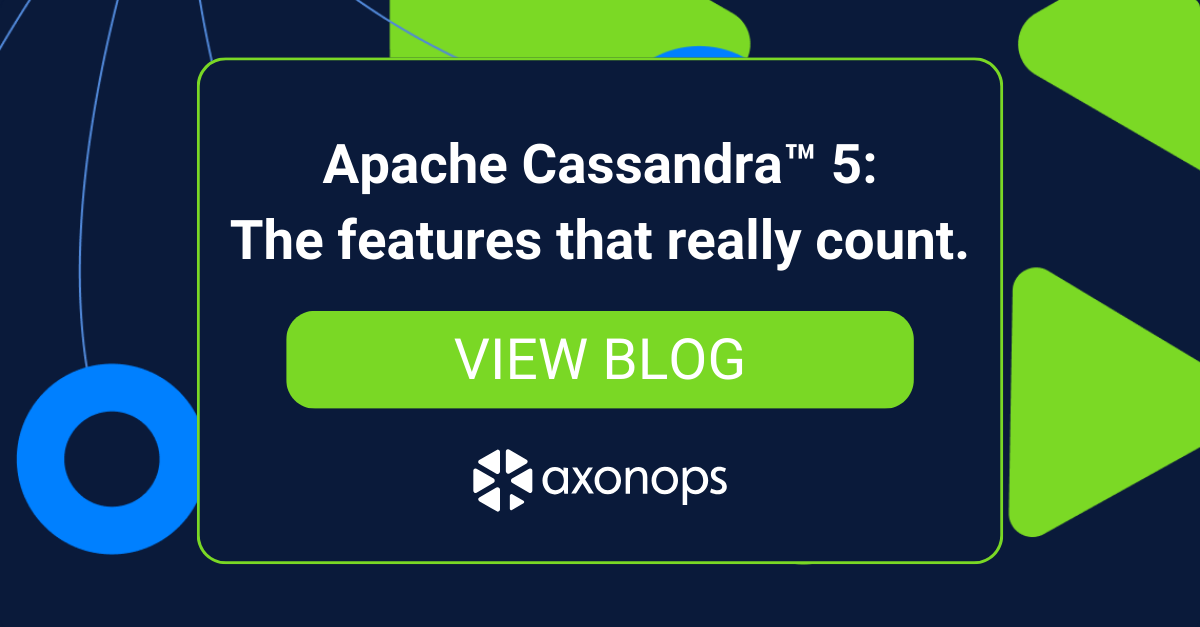
I'm happy to help!
Cassandra 5 is built on Java 11. Yes, you read that right! The latest version of Apache Cassandra relies heavily on the Java 11 (also known as JDK 11 or OpenJDK 11) platform.
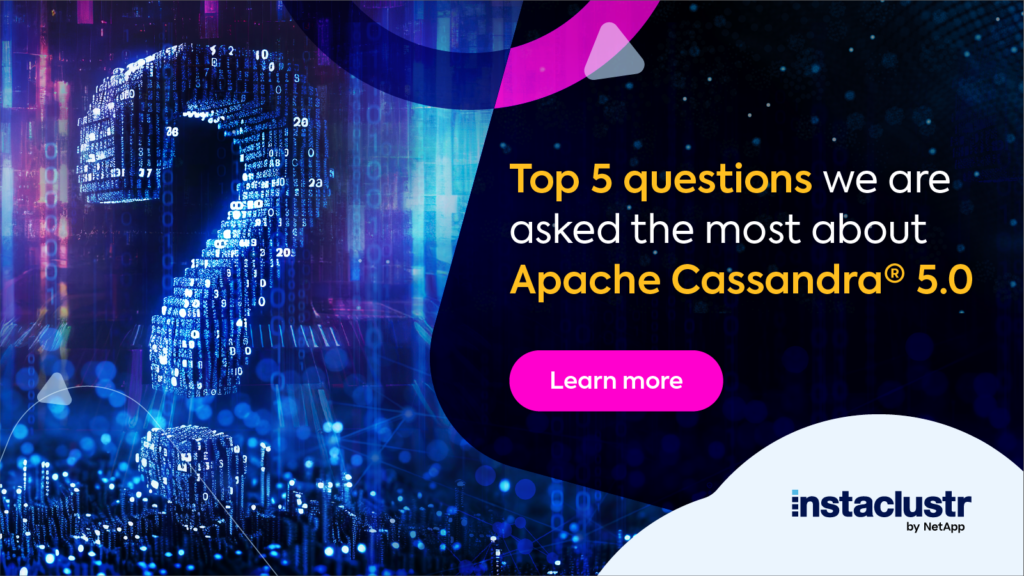
But why Java 11 specifically? Well, let me tell you. In recent years, there have been significant changes in the Java ecosystem, particularly with the introduction of newer Java versions like Java 11. These updates brought numerous improvements and enhancements that align well with Cassandra's evolving needs.
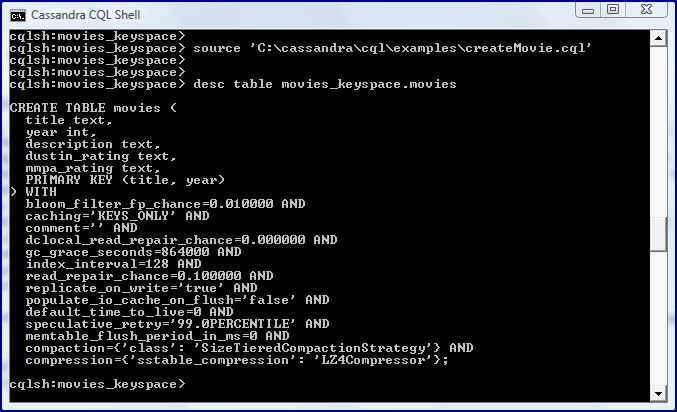
One key factor is the improved performance and security features in Java 11. With its enhanced garbage collector, reduced pause times, and better overall system performance, Java 11 provides a solid foundation for building fast-paced, data-intensive applications like Cassandra.
Another reason for choosing Java 11 is the inclusion of Project Valhalla, which introduced value types (like primitives) that allow for improved memory efficiency and faster execution. This, in turn, enhances Cassandra's ability to handle large volumes of data efficiently.
In addition, Java 11 supports various modern language features like pattern matching and sealed classes, making it easier to write more concise, expressive, and maintainable code. These improvements enable developers to create more robust and scalable applications that can take full advantage of the latest hardware advancements.
Cassandra's migration to Java 11 also allows for better integration with other Java-based tools and frameworks, enabling a wider range of deployment options and more seamless collaboration across development teams.
Now, you might wonder what about backward compatibility? Rest assured, Cassandra 5 still supports earlier Java versions like Java 8 (the previous LTS version), allowing existing applications to continue running without significant modifications. This ensures that Cassandra's vast user base can smoothly transition to the new Java 11-based platform without sacrificing performance or stability.
In summary, Apache Cassandra 5 relies on Java 11 for its solid foundation in performance, security, and modern language features. This choice allows developers to create even more robust, scalable, and efficient applications that can harness the power of the latest hardware advancements, while still maintaining backward compatibility with earlier Java versions.
